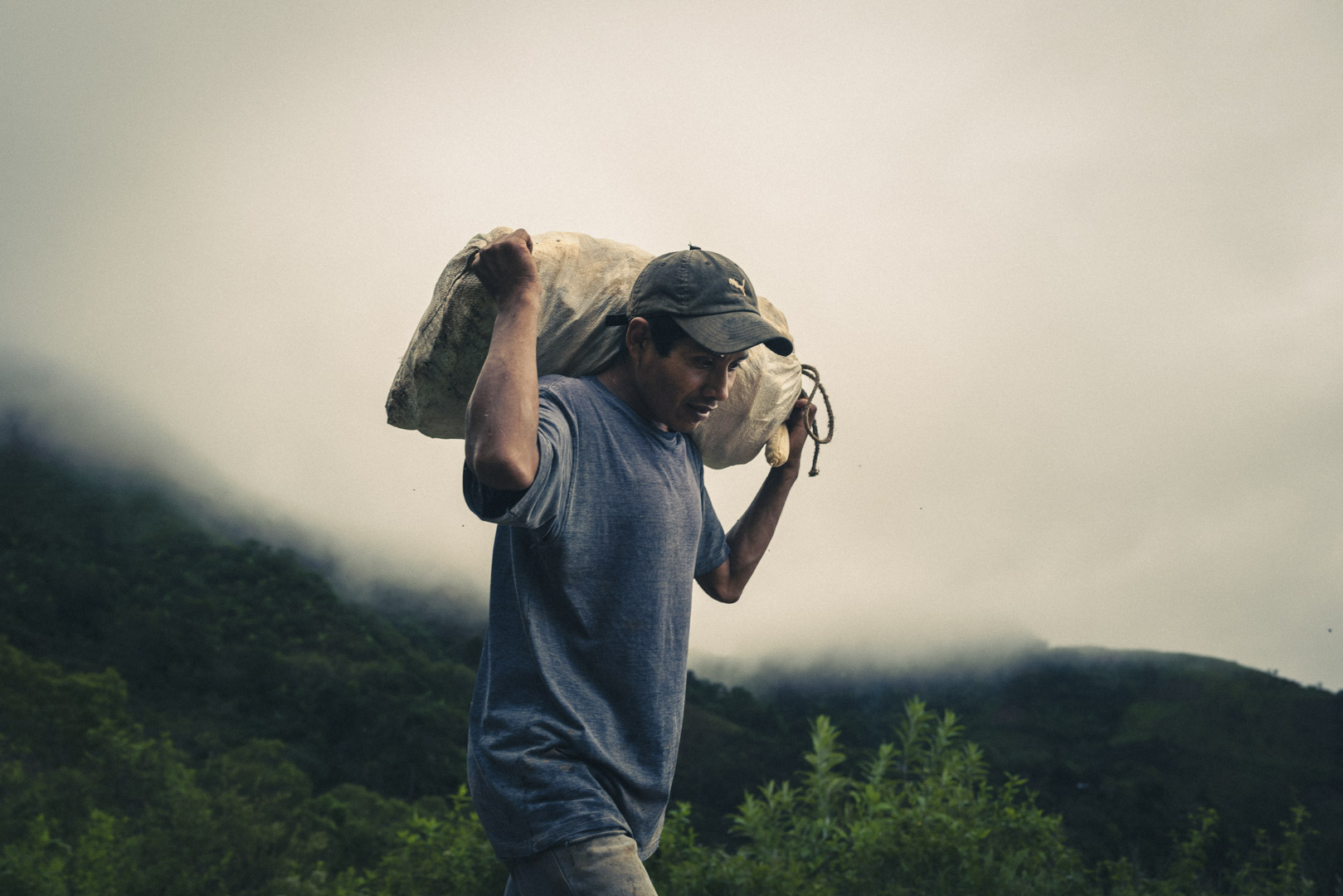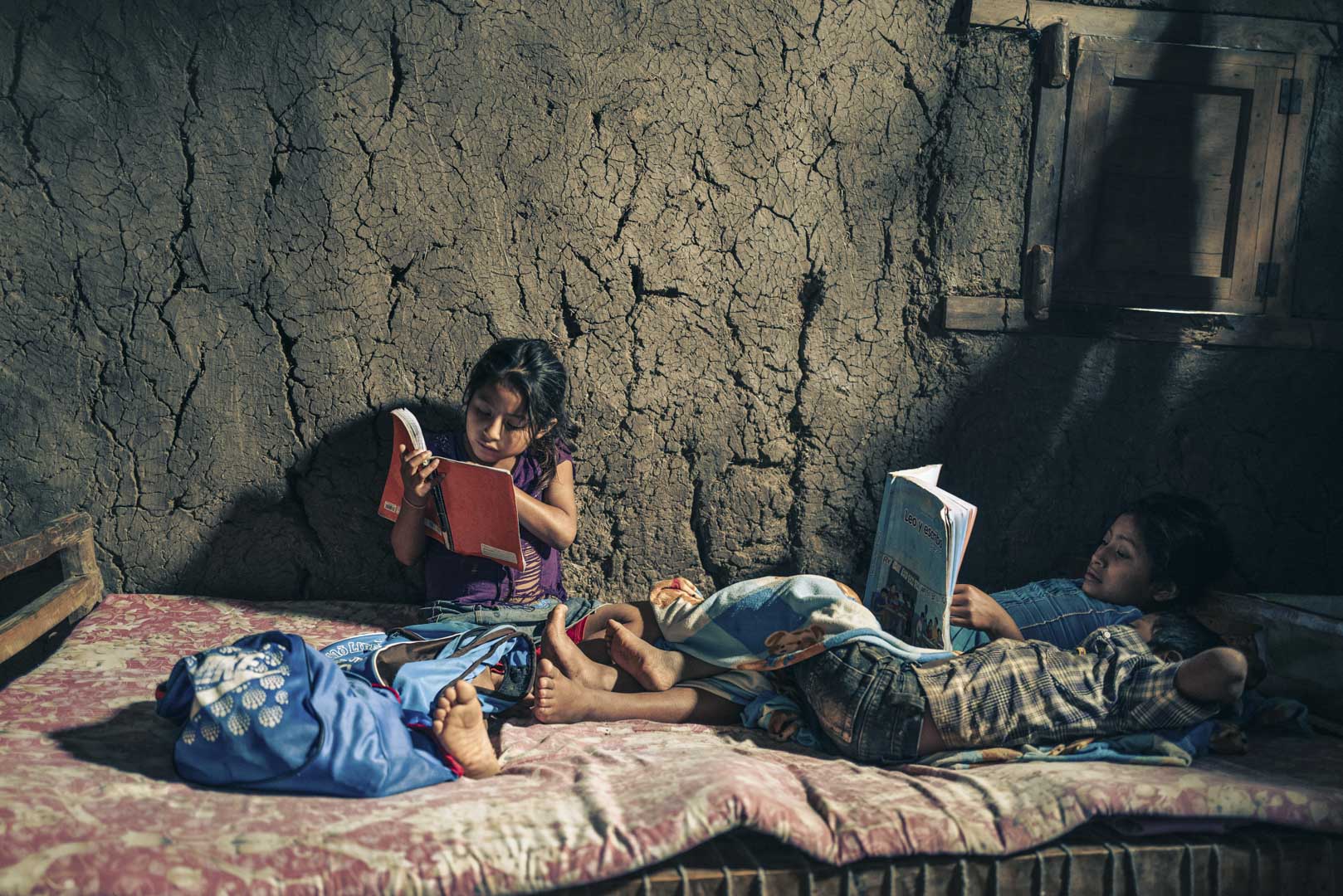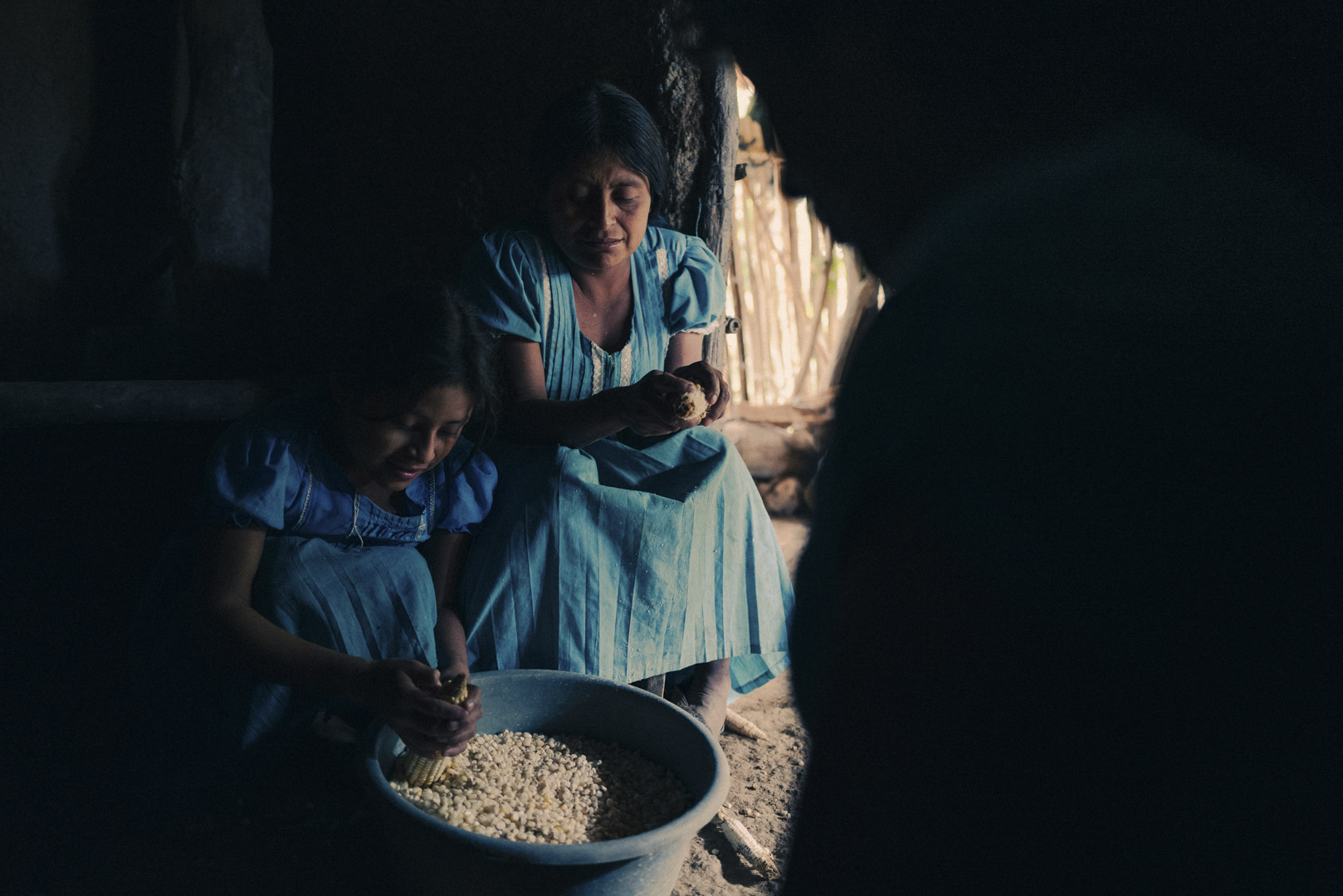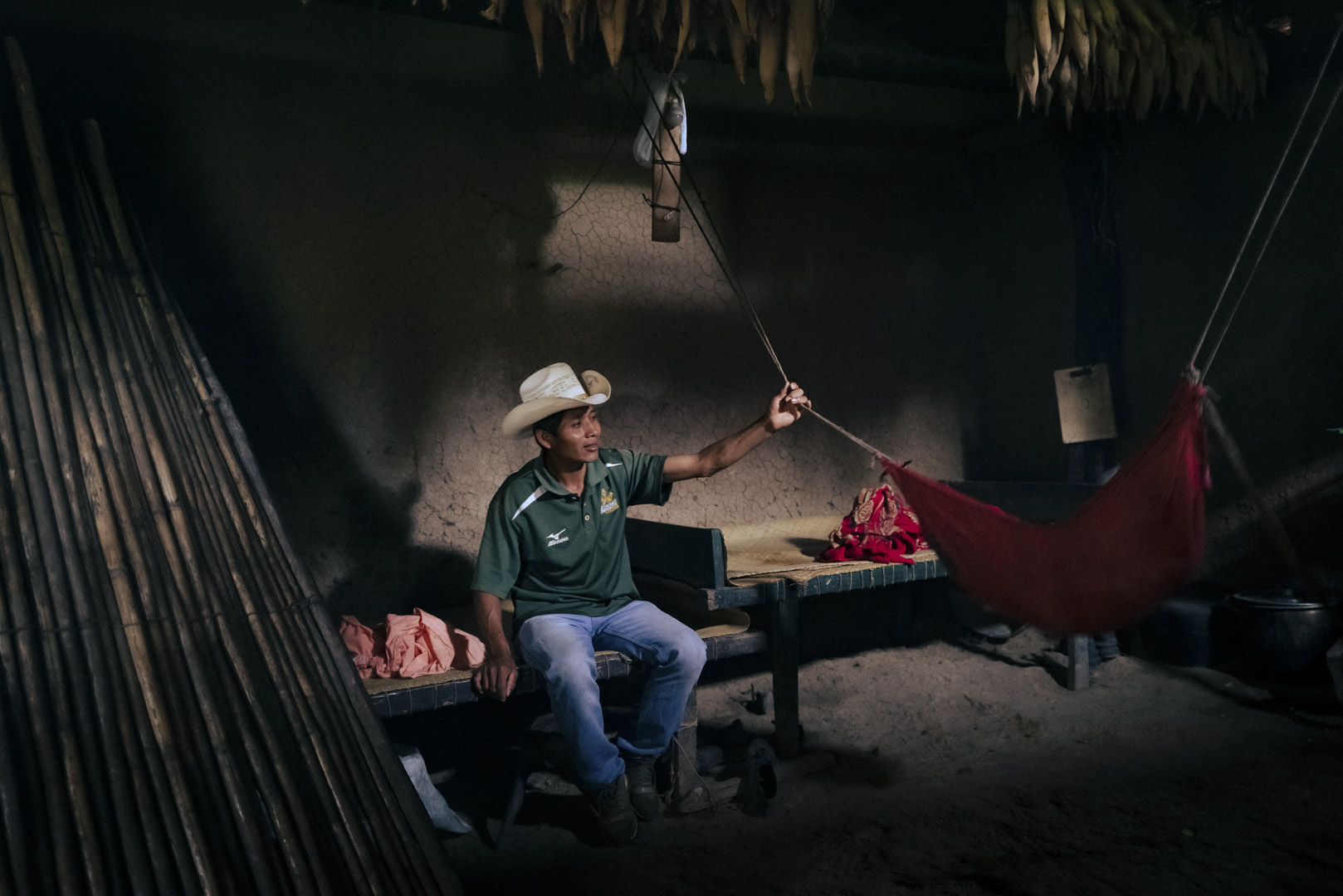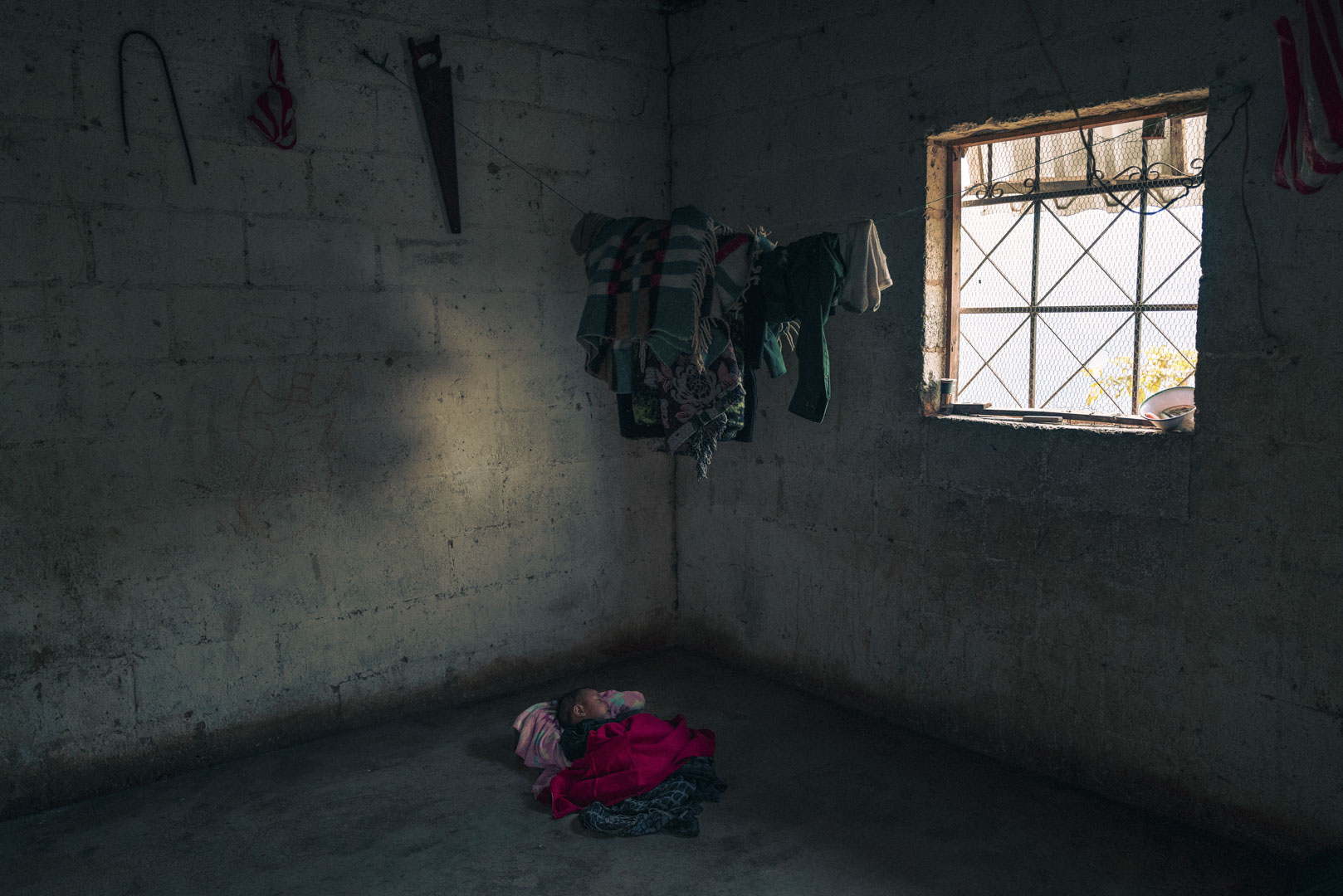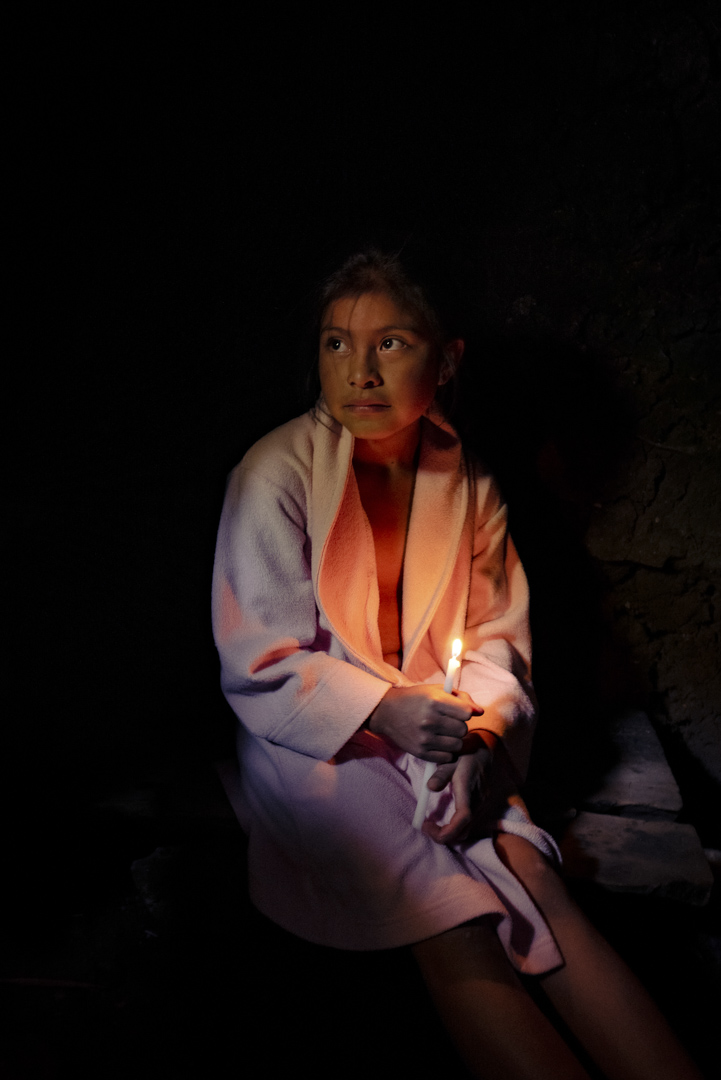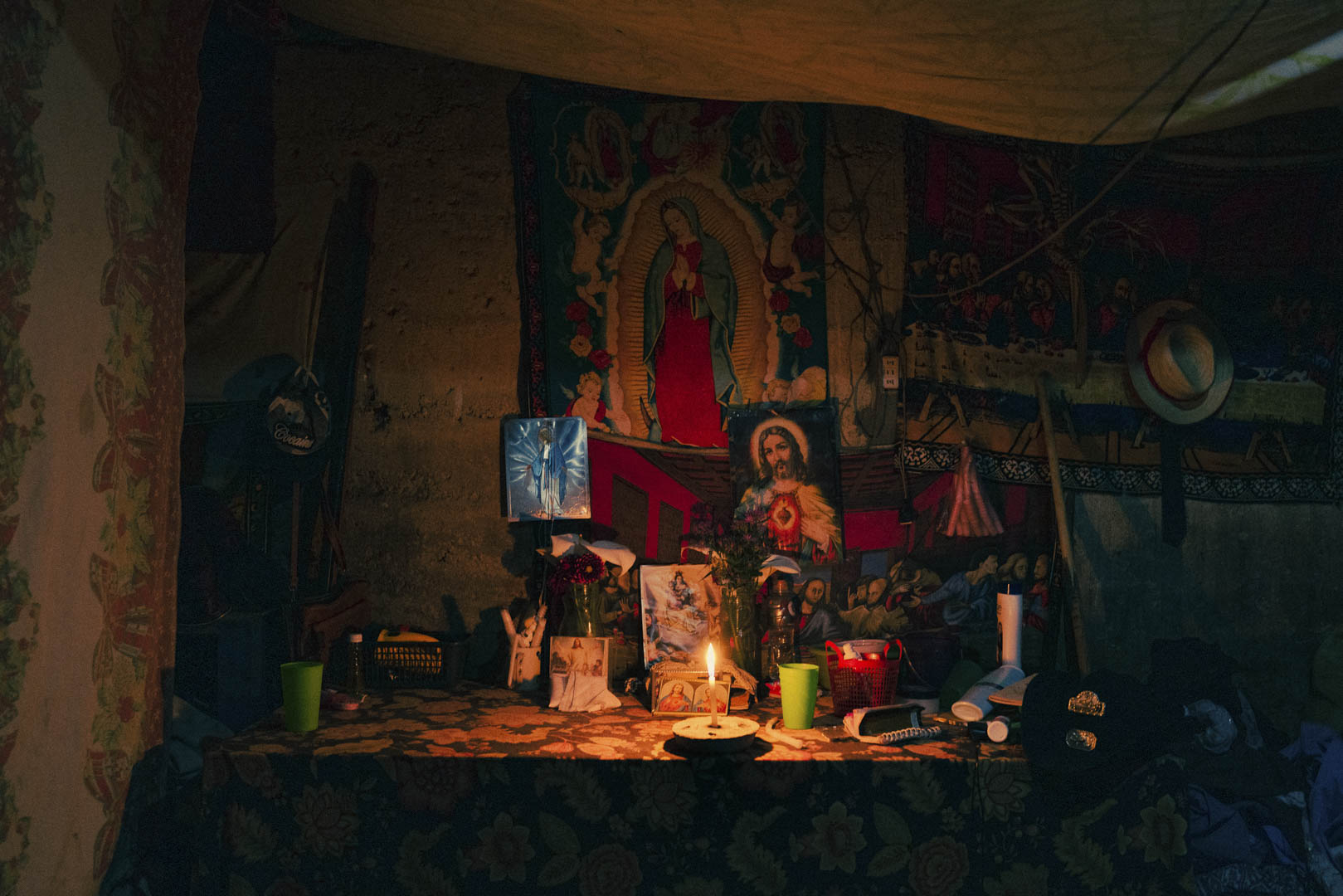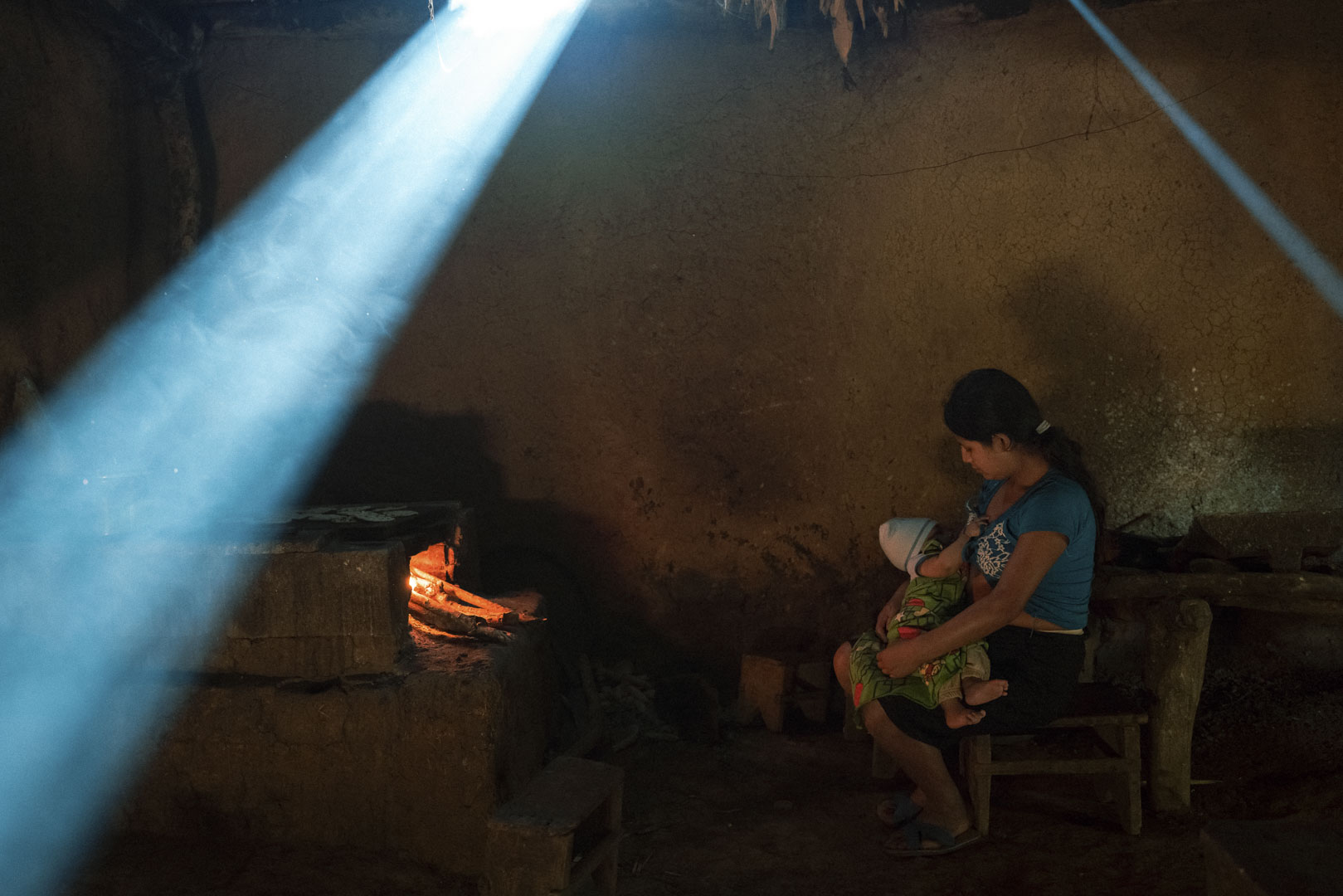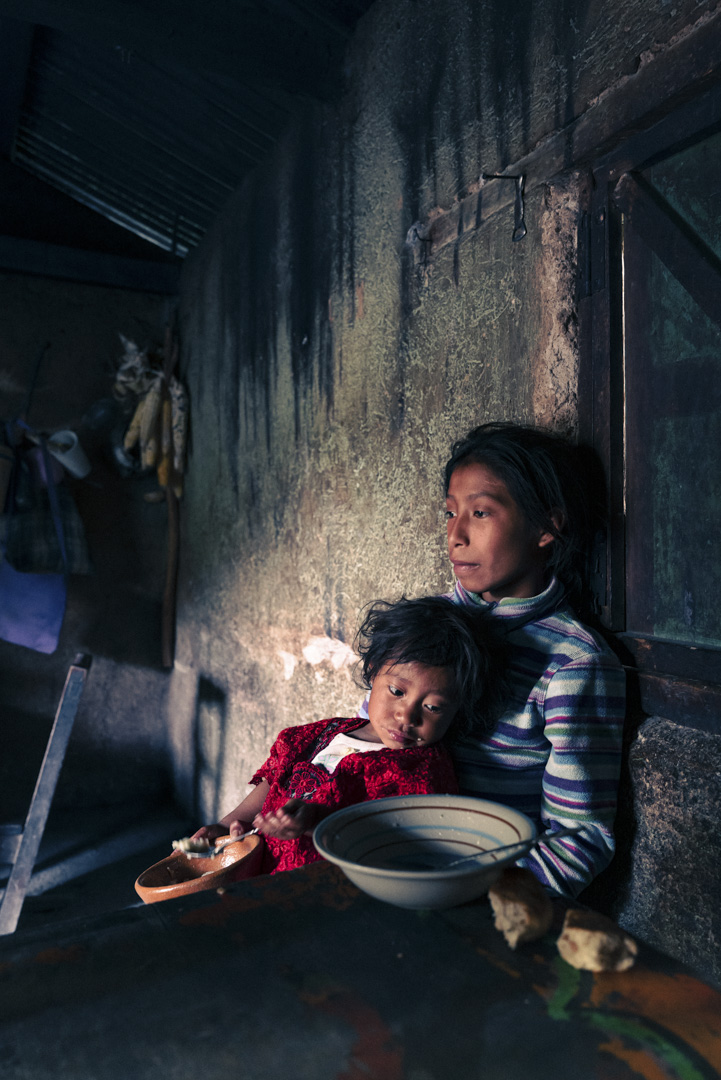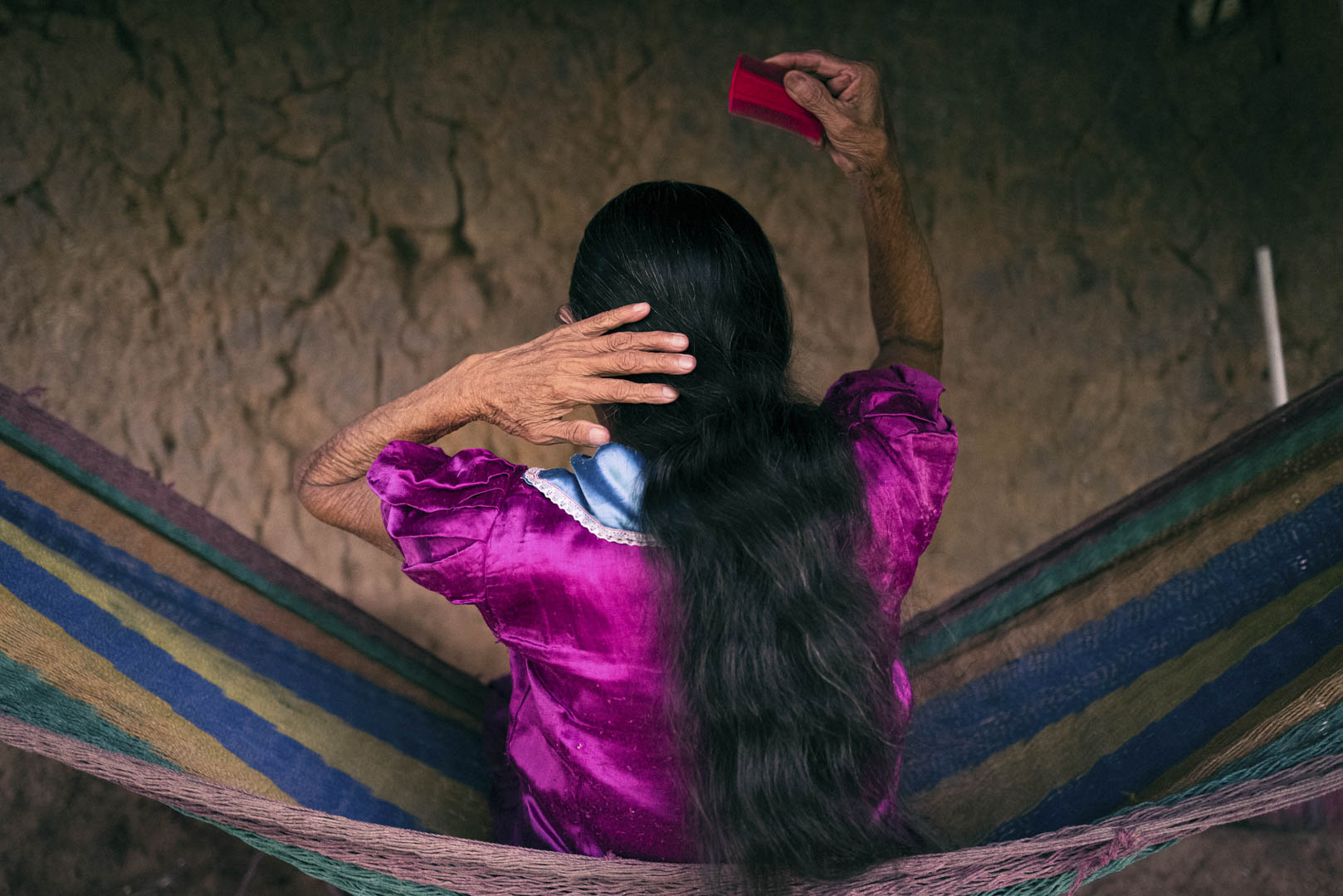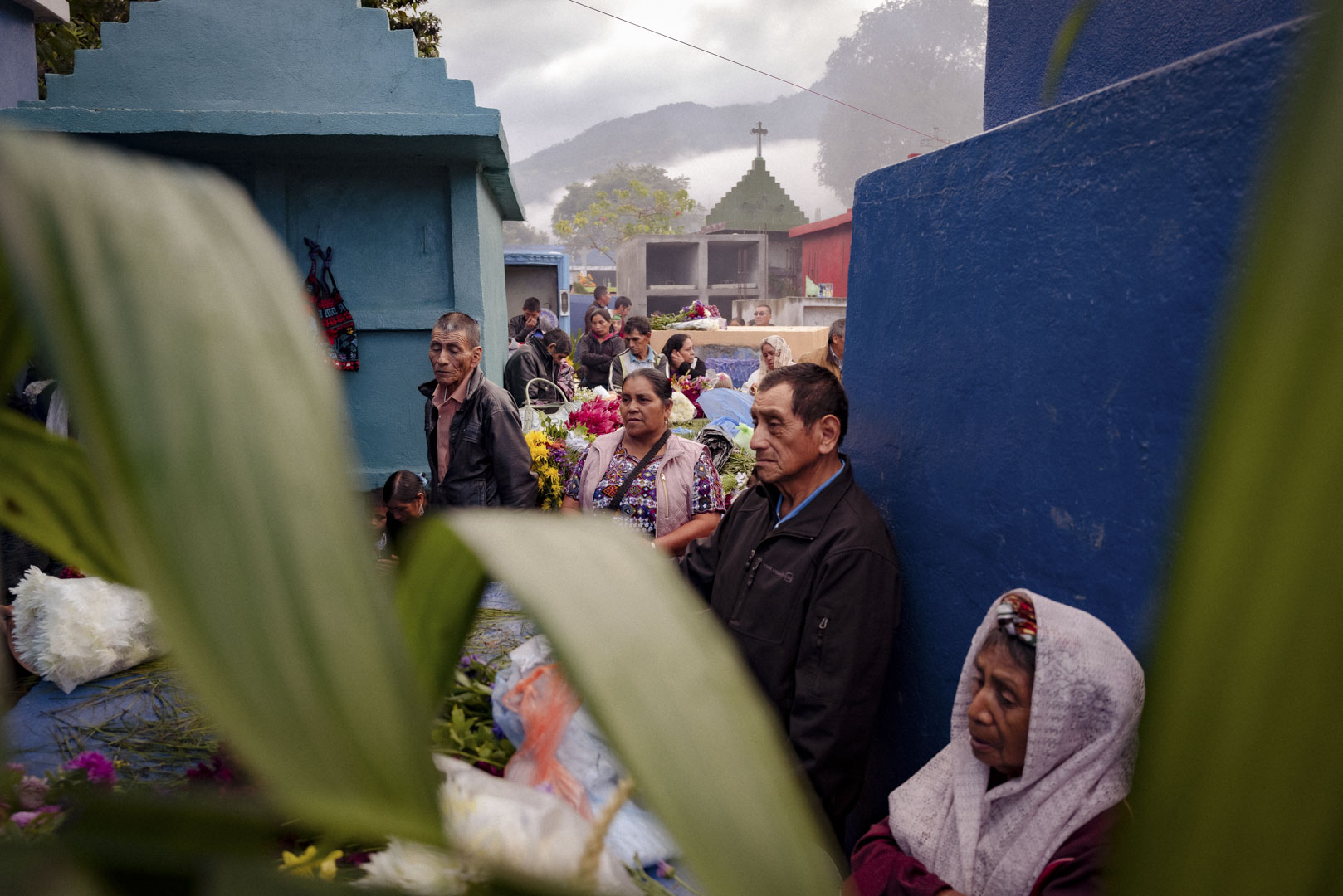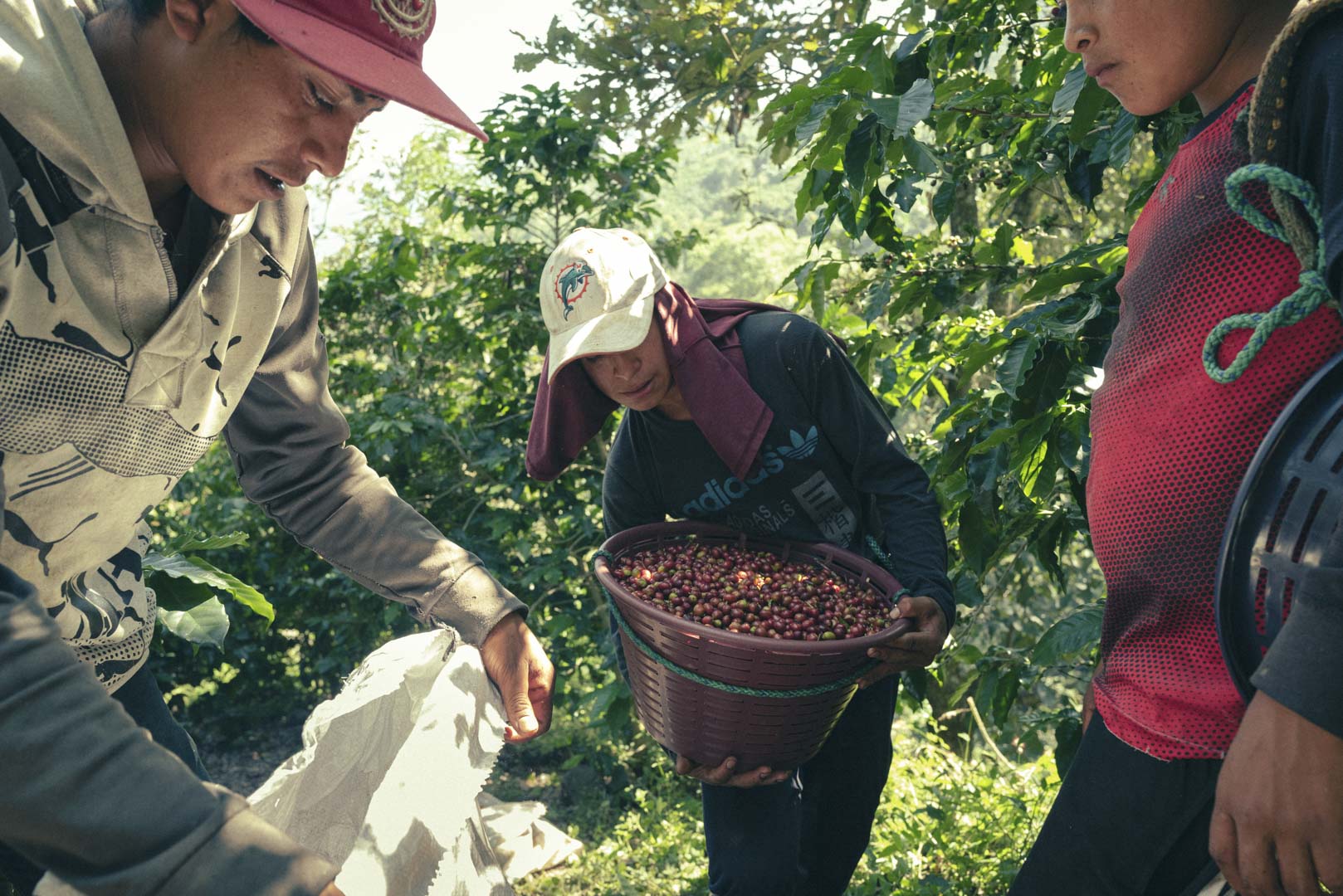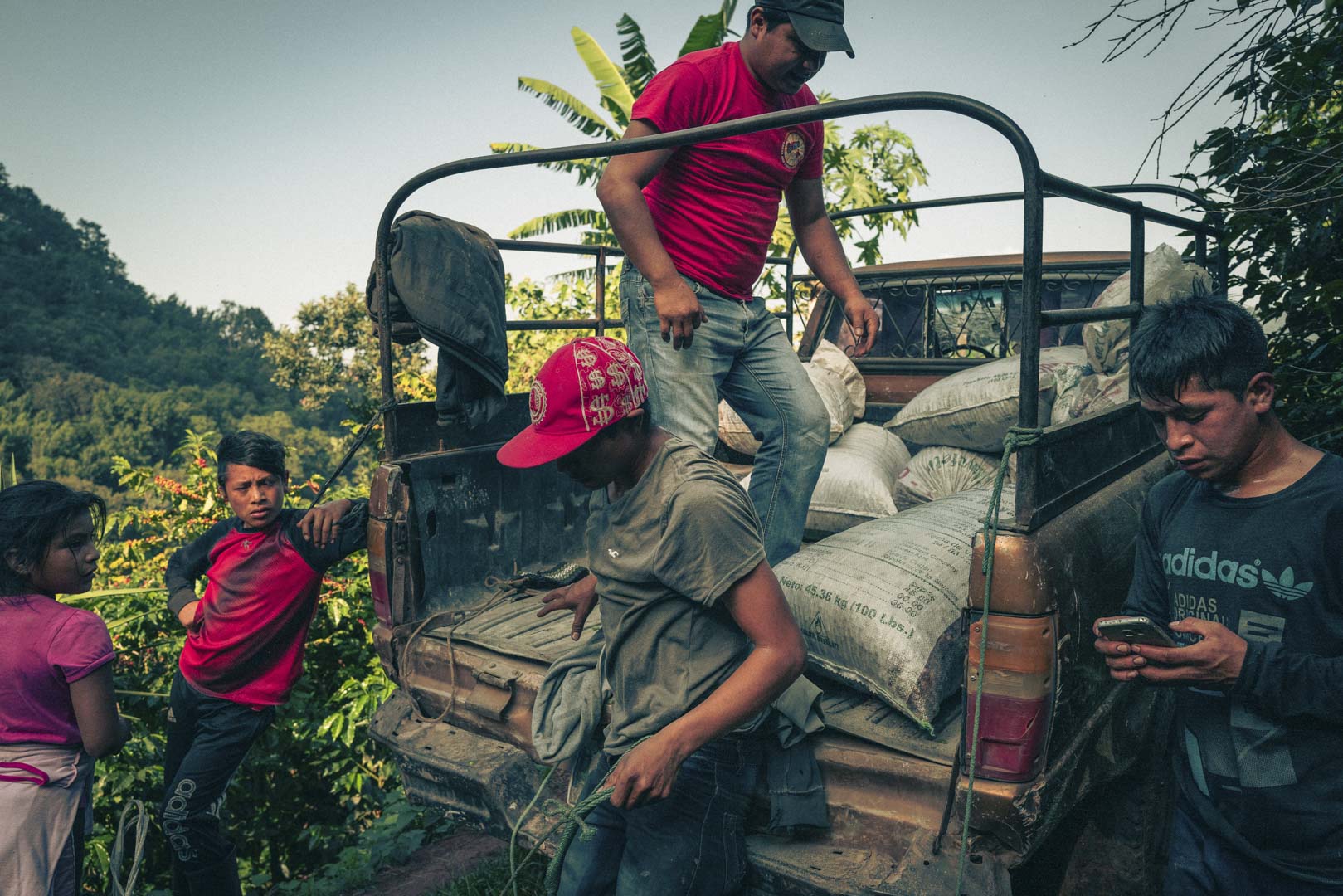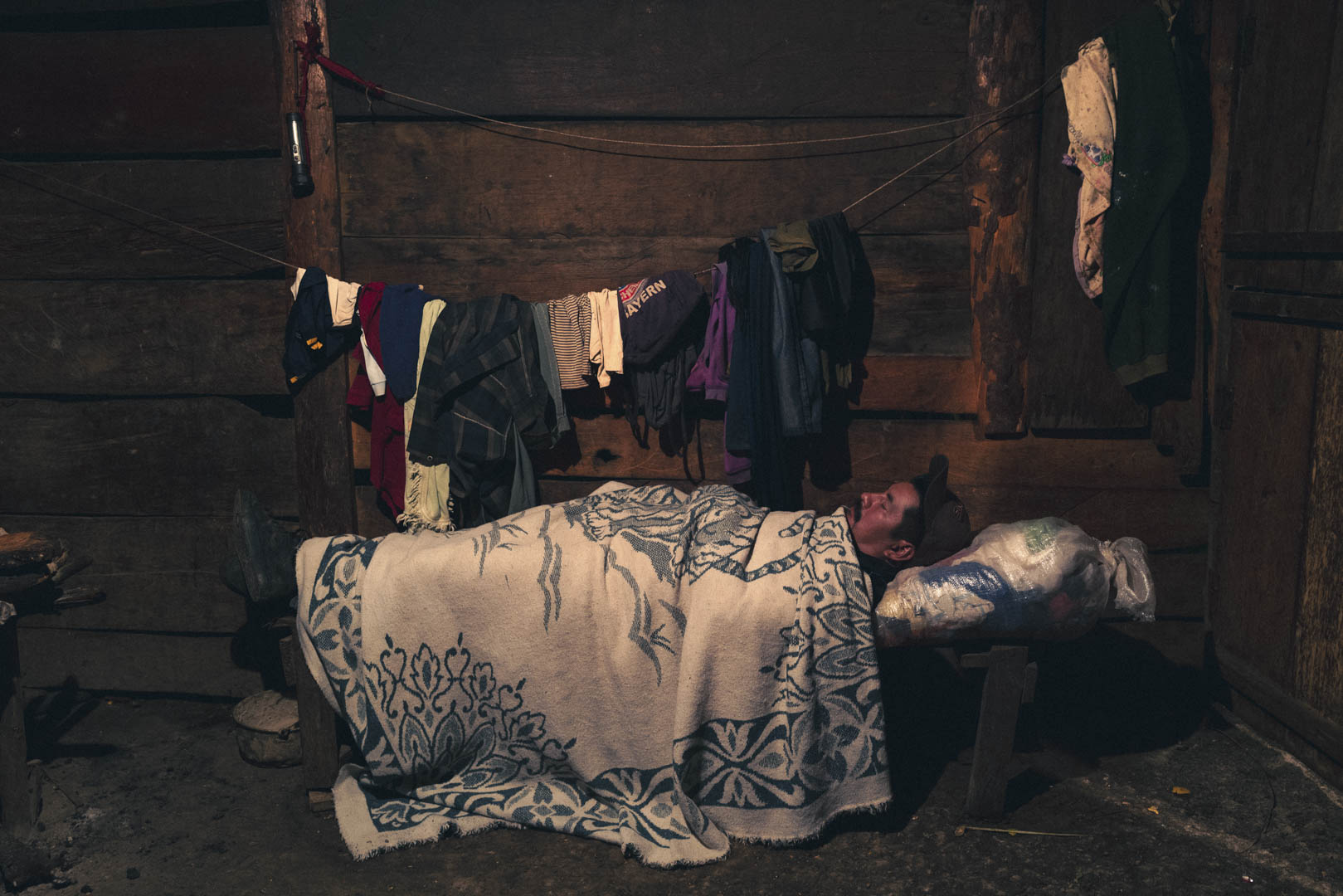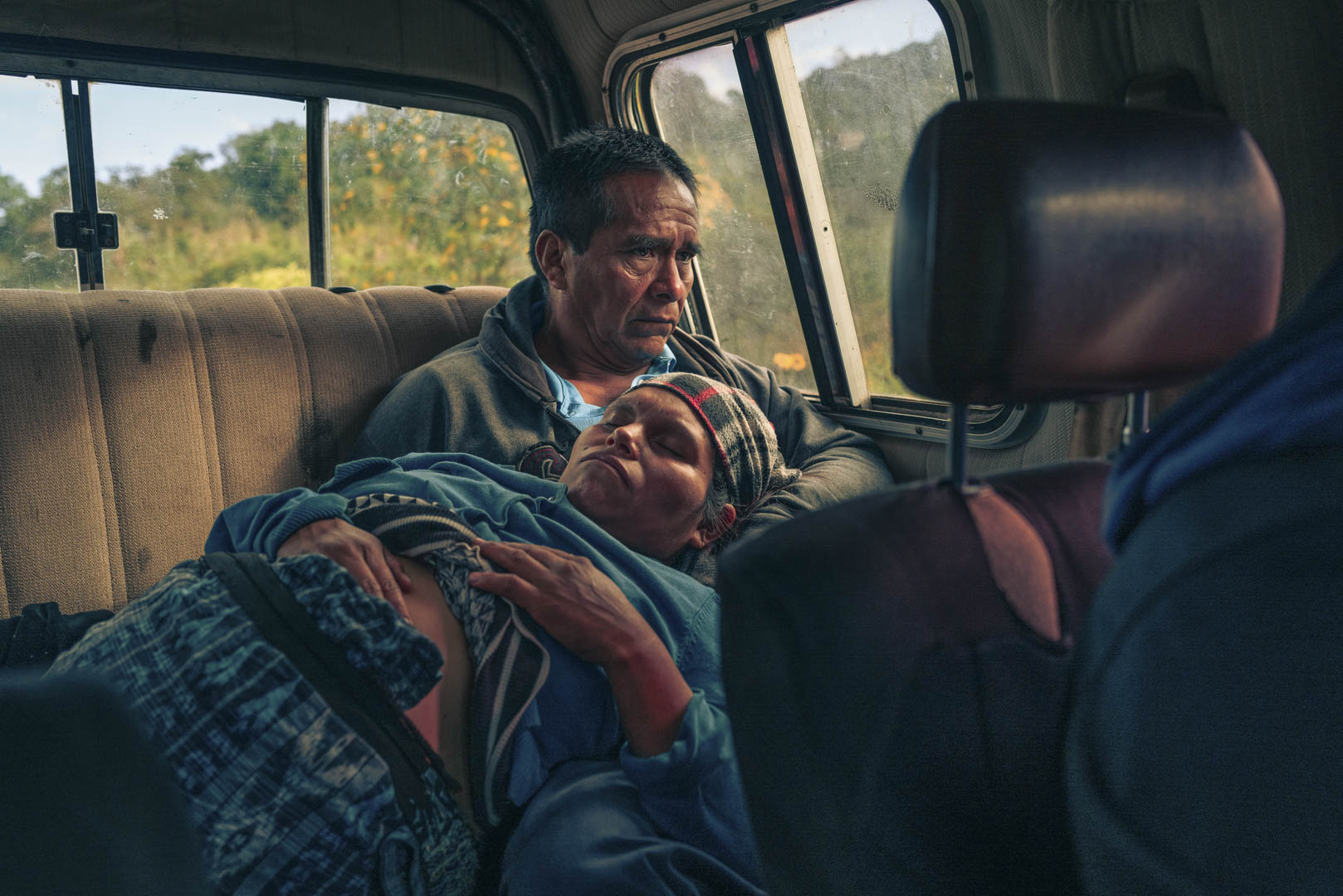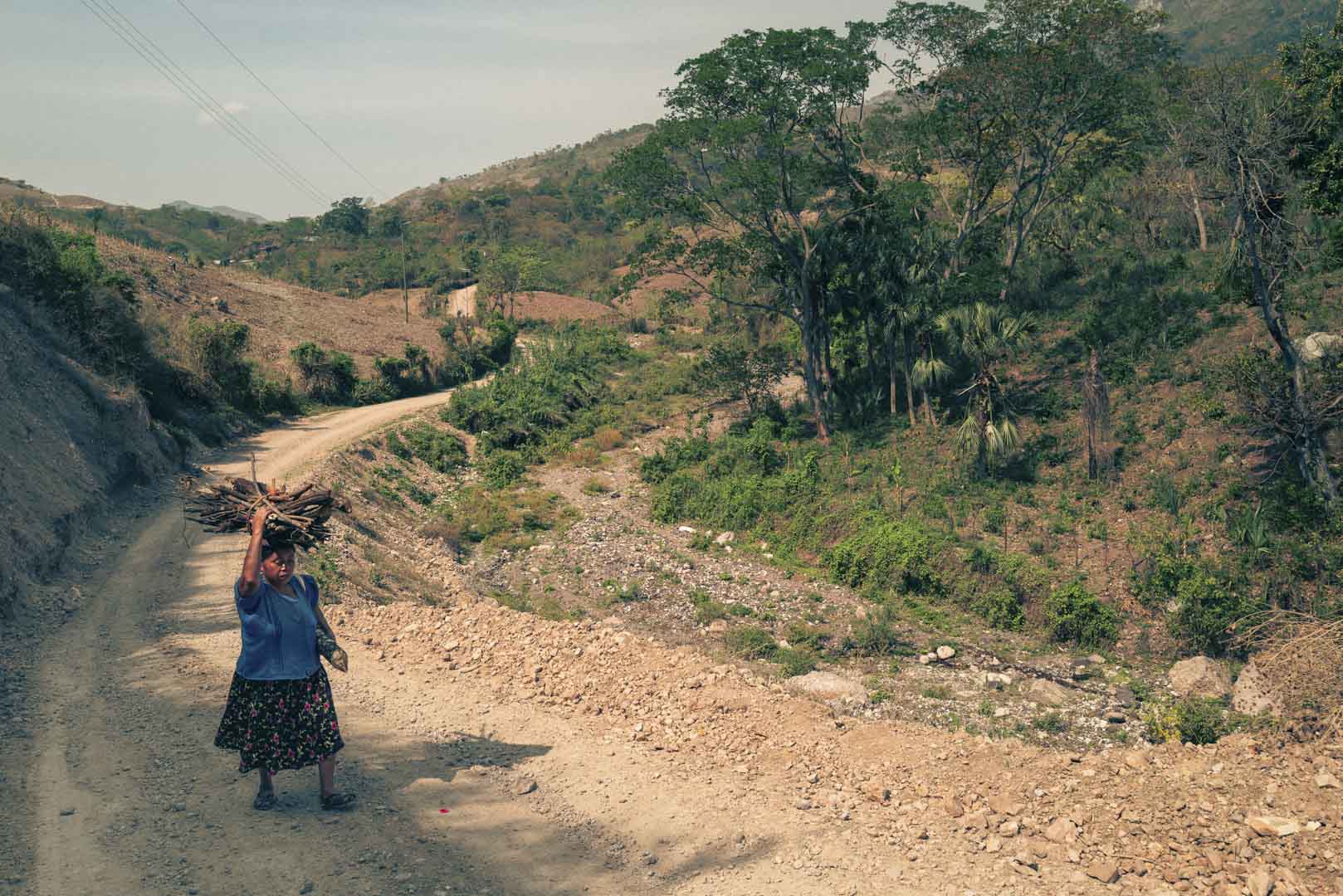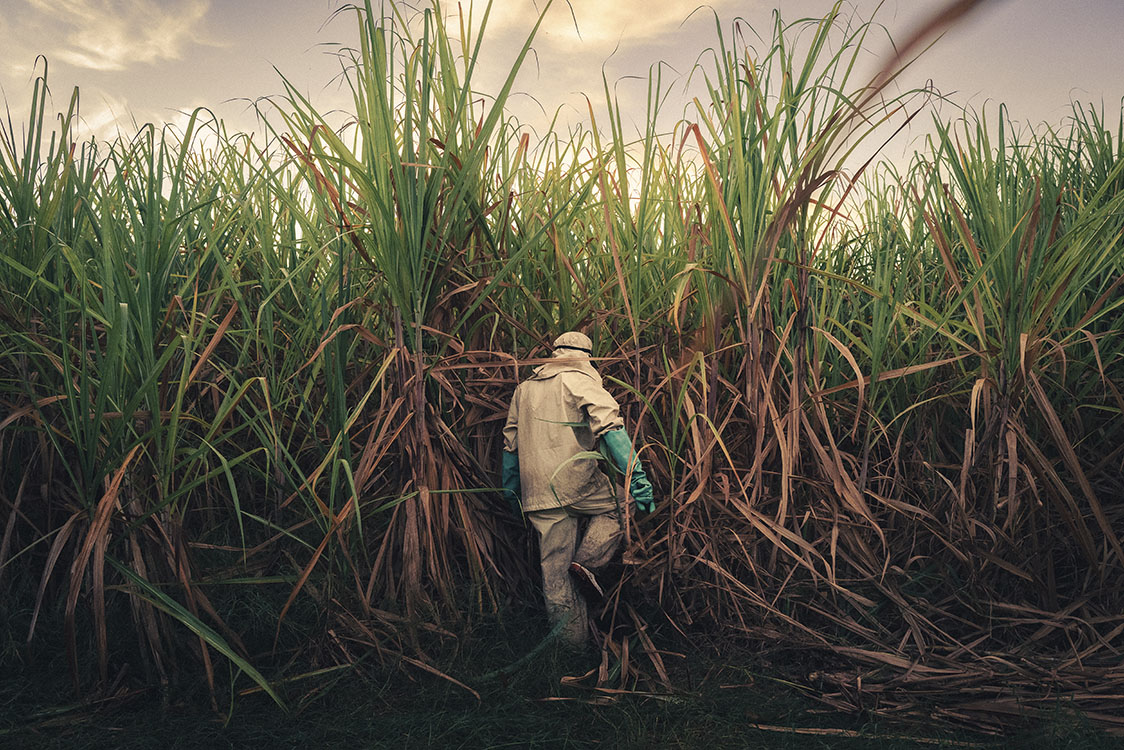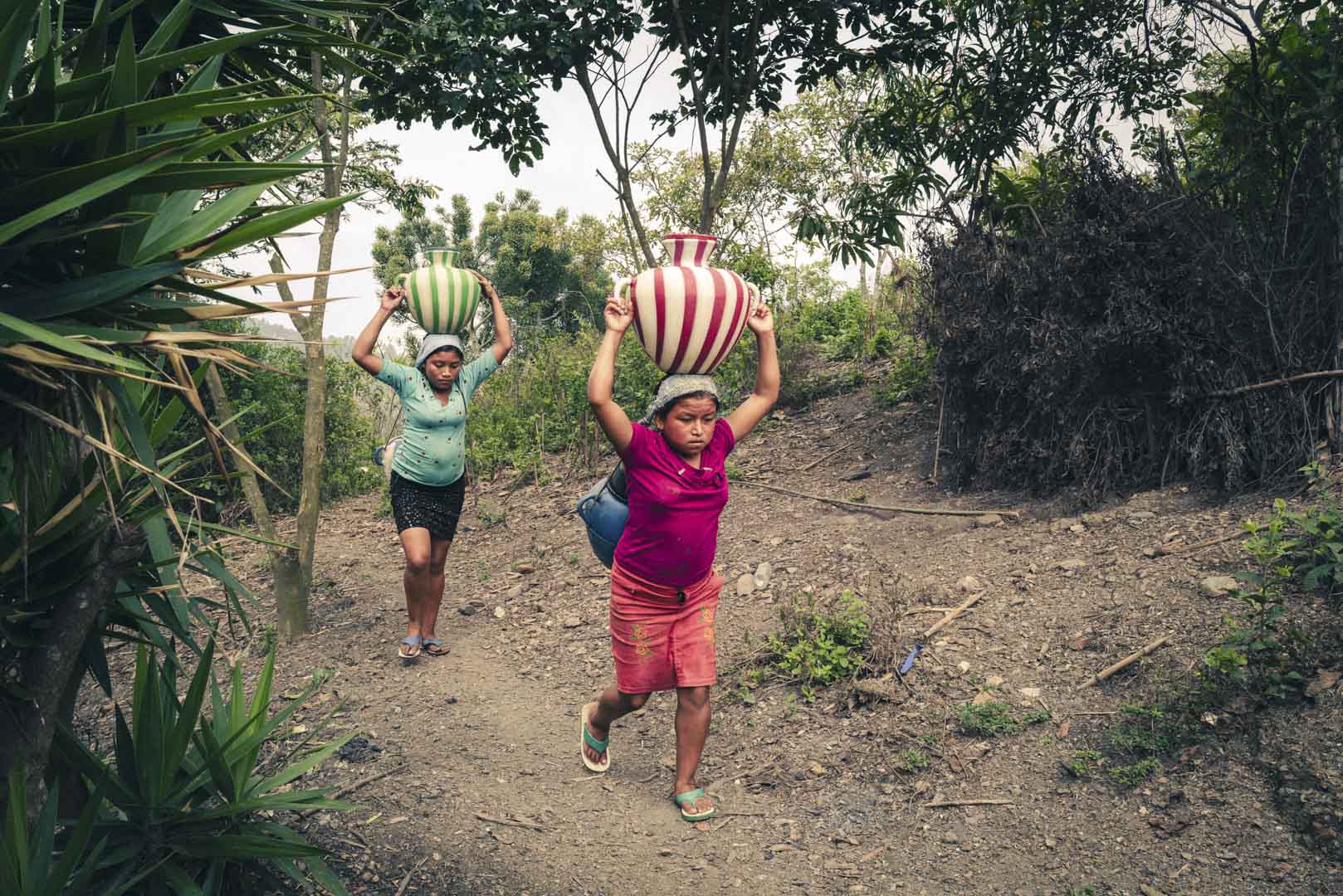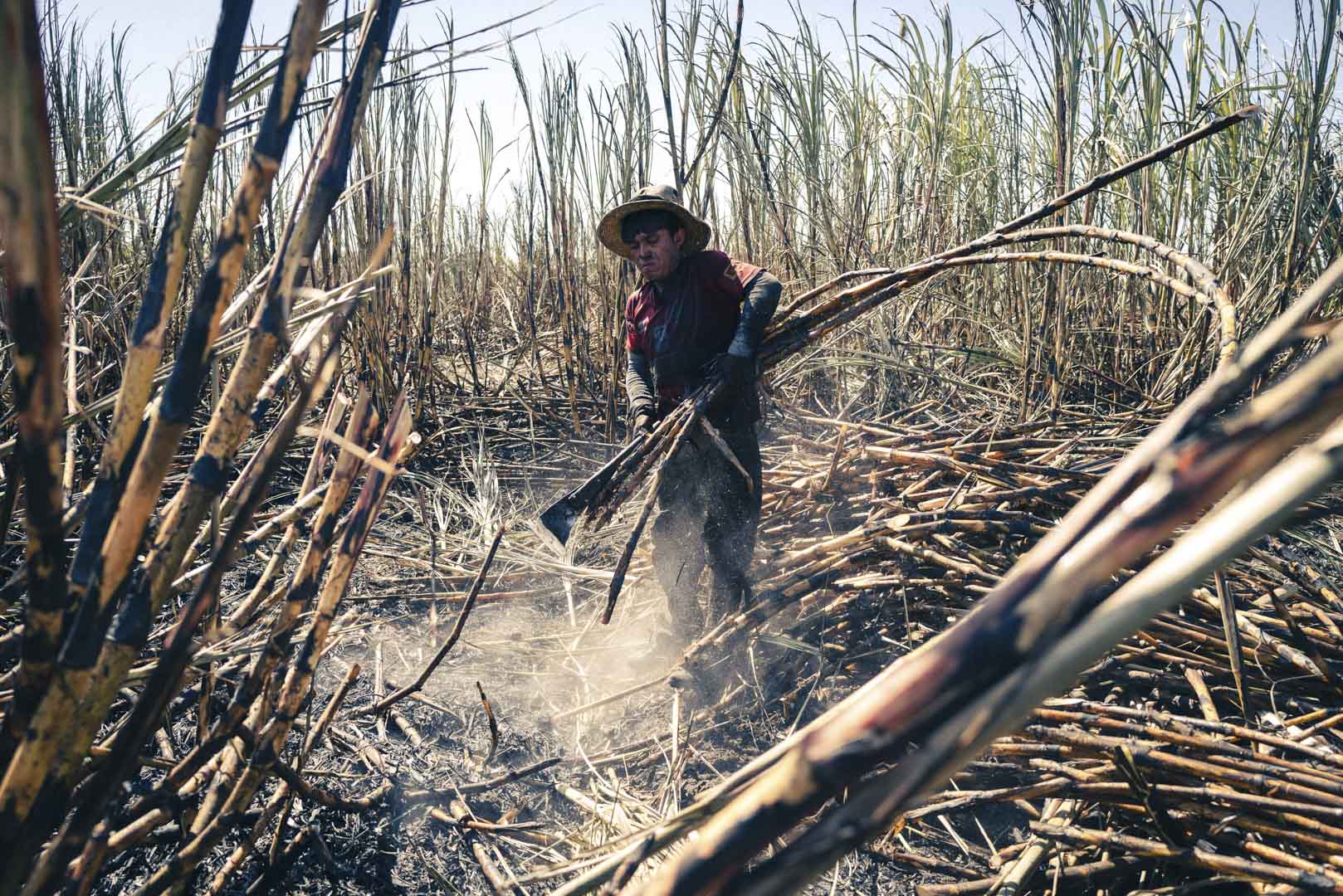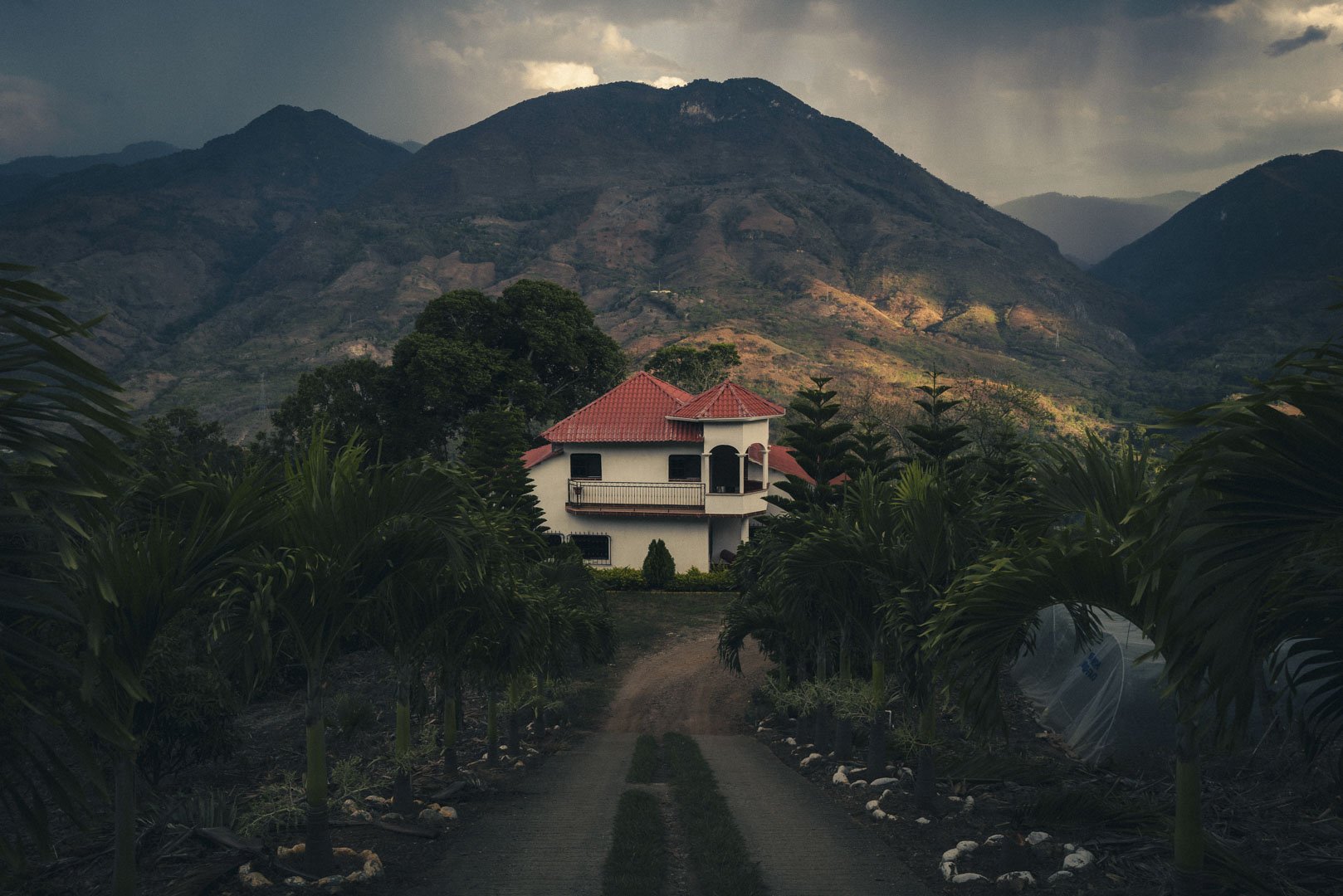Until the corn grows back, 2019-2021
Climate change is destroying the harvests of hundreds of thousands of small farmers, fuelling a humanitarian crisis: in Guatemala, one child in two suffers from chronic malnutrition, the highest rate in Latin America and the Caribbean. More than four million people in the country lack adequate food, mainly affecting the indigenous Mayan communities who are the custodians of the corn crop.
This story takes us through villages in the “Dry corridor”, where chronic malnutrition rates reach 80% of the population. My intention with this series was to delve into the day-to-day reality of people living in a place where food is scarce, and to try to understand the roots of the problem and its repercussions.
The region has suffered a prolonged six-year drought, leaving the land impoverished and vulnerable to extreme weather phenomena such as storms, floods and heat waves. Hurricanes Eta and Iota in 2020 destroyed 700,000 hectares of crops and displaced 339,000 people. On the other hand, malnutrition also stems from structural inequalities in the country: villages without water, electricity or roads, with weak health and education systems. Malnutrition is also synonymous with inequality and neglect on the part of the state.
The repercussions are long-term. Children suffering from chronic malnutrition suffer irreversible physical and cognitive limitations from the age of two, hence the nickname “silent killer” for this disease. This project, developed over three years, seeks to make this reality visible and to show how climate change and socio-economic conditions are fuelling migration, causing thousands of people to flee northwards to escape poverty and hunger.
